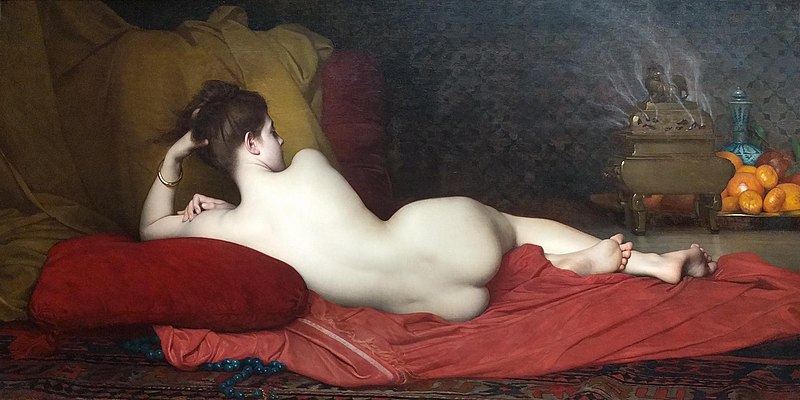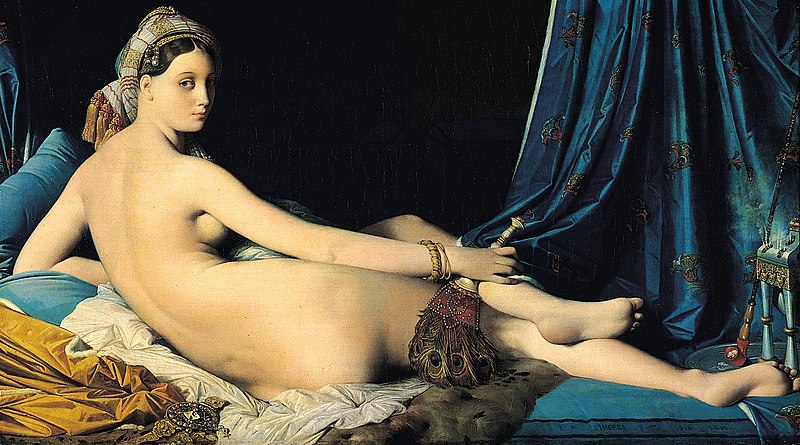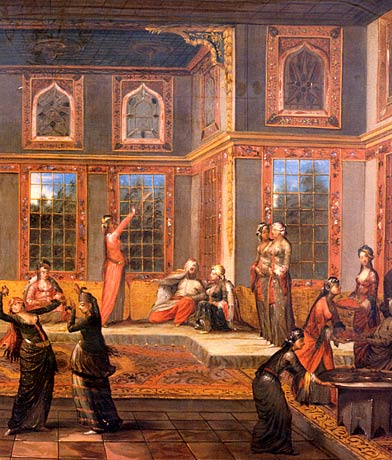Today is June 24 and for most people it’s not a big deal day. It is for me since it’s the day my son was born. 14 years ago today. It’s his day. He gets a party with his family, cheesecake (that’s what he wanted!) and gifts. Birthdays are a lot of fun, particularly when you’re young. He’s having a sleepover this weekend with some of his friends and but first they’re going to the fair. Now that he’s older, I just drop him off and pay the money (since it’s his birthday, otherwise the fair would be on his dime).
But I like to reflect on my own celebration of his day. And as I do, I find myself thinking that we don’t take enough time to reflect on all the reasons we have to celebrate. Americans can be plagued by our Puritan roots. More Work! Less Play! Do Better! You got an A-? Why didn’t you get an A? That sort of thing can be an affliction…
It’s important to take some time to think of the positives. This happens to be a particular challenge for me since my family’s Puritan roots are deep and, for whatever reason, I grew up to be the sort of person who doesn’t look to the positive often enough. This, I have sworn, is something I hope to address for the rest of my life.
When I finish writing a book, for example, all I can see is everything there isn’t time to fix. I look at my revision letters and think, oh my gosh, I suck so bad. I should have seen all these problems and fixed them! And then there’s reviews. My June 2009 release from Grand Central Publishing, My Forbidden Desire got 4 1/2 stars and a top pick from Romantic Times. On the other hand, AAR gave the book a D and called my hero foul-mouthed and some other stuff I have elected not to refresh my memory on. (The reviewer was right, too, the hero of that book does drop the F-bomb a lot.) People’s opinions differ. One reviewer’s top pick is another’s D. The diversity is to be celebrated.
And I do embrace that diversity. It’s a good thing in the grander scheme of things. My own life, however, has a somewhat narrower scope and, naturally, I spend far too much time thinking about what I could have done to avoid a D instead of celebrating the success of a Top Pick from RT.
My goal is to celebrate a bit more. I’m not saying ignore the bad — it behooves a writer to pay attention to revisions and the internal editor and learn from those things. (My God, do you see what I’m up against here?) But we needn’t and shouldn’t forget to celebrate the good, too.
Who’s with me on that one? It’s my son’s birthday, and he is the joy of my life. And I do celebrate that. Every day. Even when he’s rolling his eyes, embarrassed that his mom is such a doof. My Forbidden Desire has gotten some wonderful reviews and you know what, it came out pretty darn good!
What will you celebrate today?















